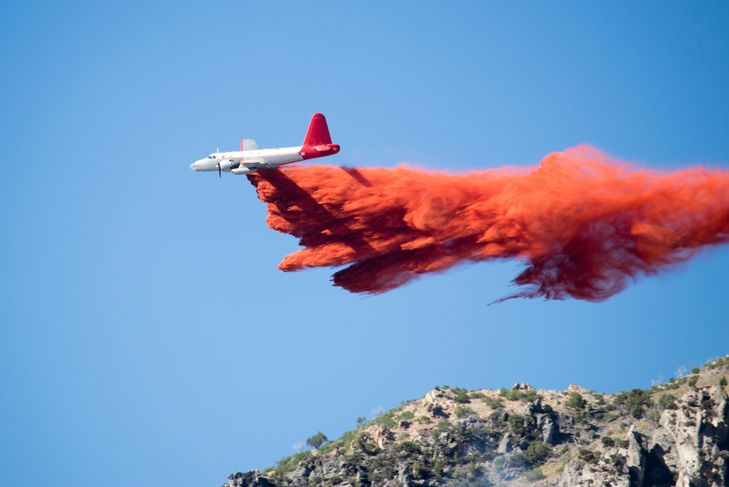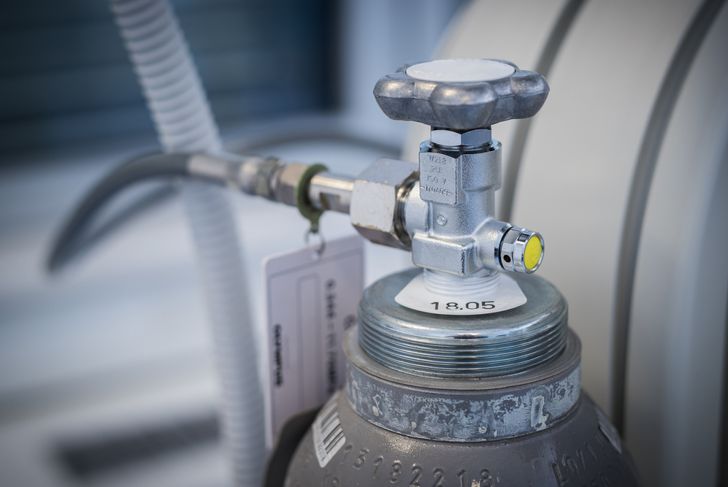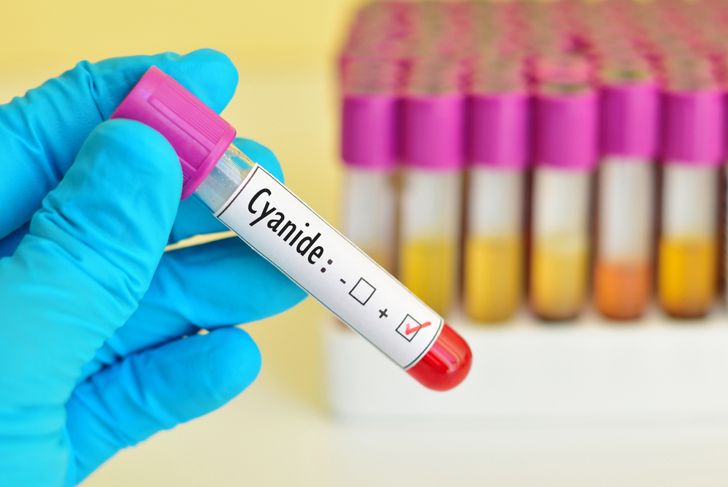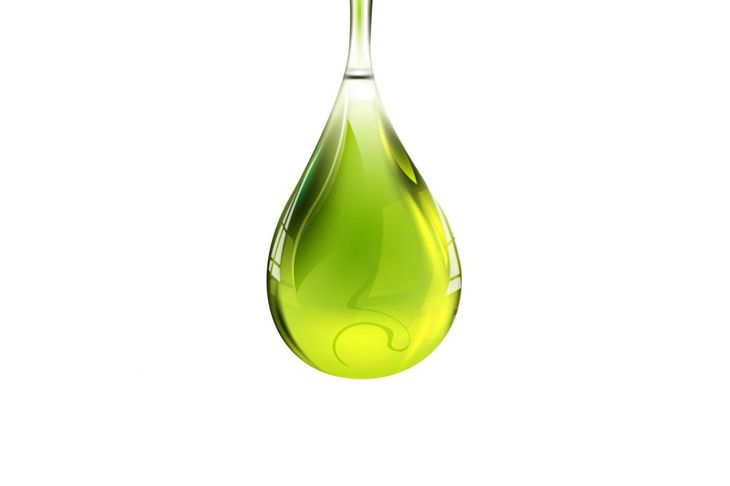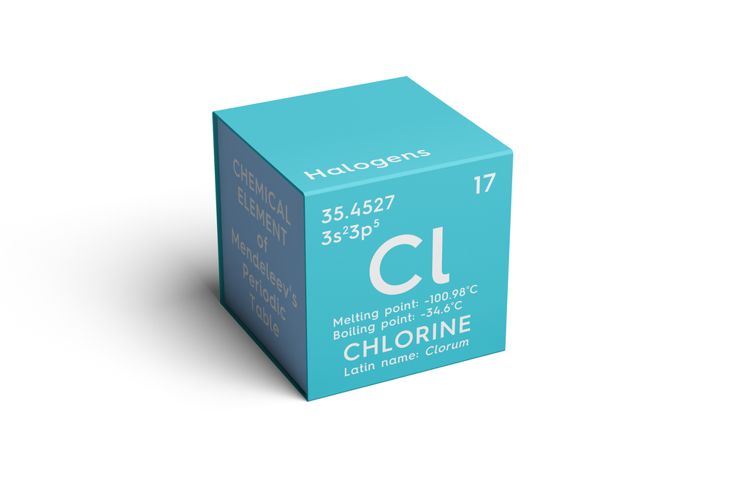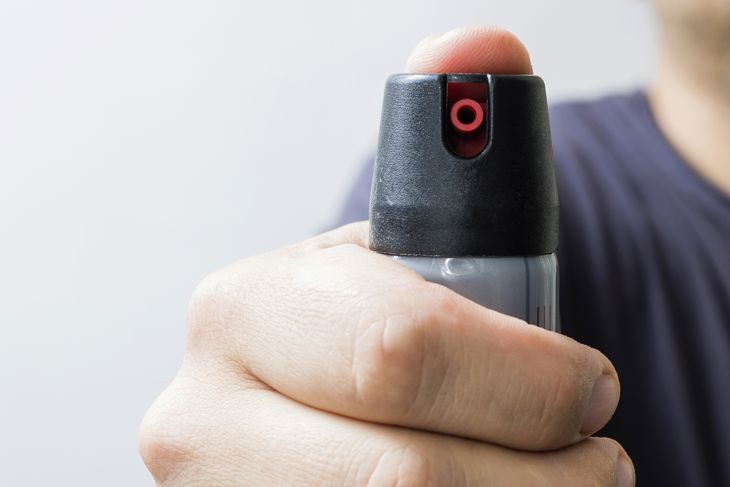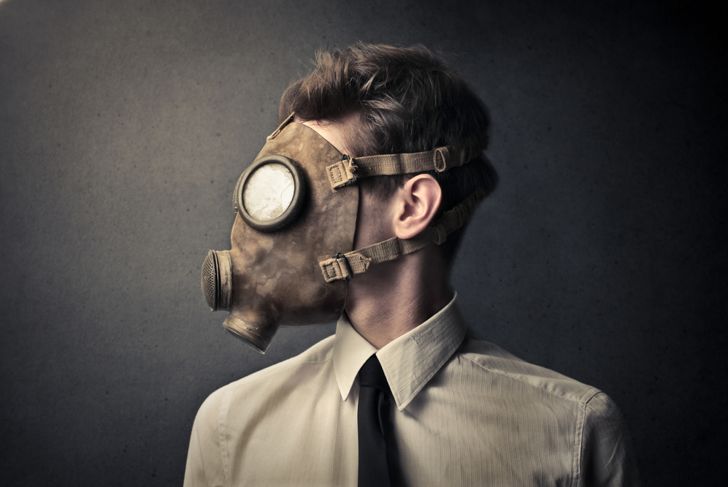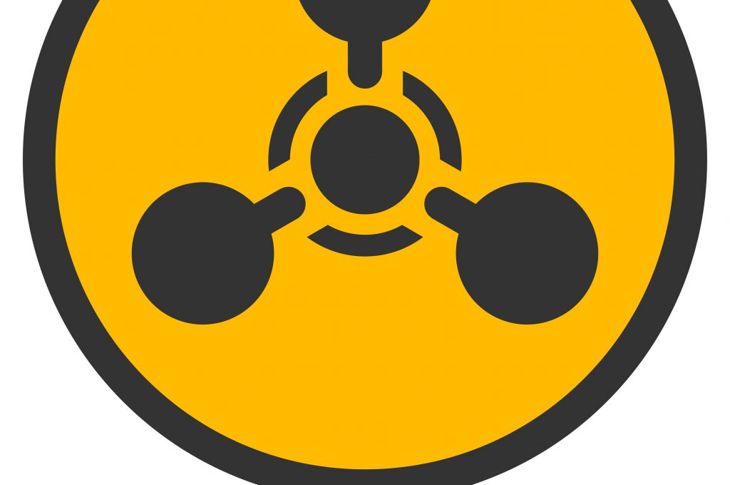It may not be something we want to think about, but with recent chemical attacks around the globe, it may help set the mind at ease by becoming informed. Knowing how to identify specific chemicals, how they are used in chemical warfare, and the consequences that can happen after such attack can help people to be better prepared if such an unfortunate event were to happen. The agents used in chemical warfare come in four generalized categories that reflect the most prominent side effect: choking, blistering, blood, and nerve.
Sarin Nerve Agent
Sarin is a colorless, odorless liquid used as a chemical weapon due to its extreme potency as a nerve agent. Even at low concentrations, sarin can be lethal unless an antidote is administered quickly. Survivors who have been exposed to sarin usually suffer from permanent neurological damage. Symptoms begin to show soon after exposure, with initial symptoms displaying as a running nose, constricted pupils and tightness in the chest. Shortly after, the person experiences difficulty with breathing, nausea and drooling before losing complete control of bodily functions. Death occurs within one to ten minutes after direct inhalation, with the person ultimately suffering convulsive spasms while in a comatose state, which eventually leads to suffocation. Sarin was the nerve agent used in the 2013 Ghouta chemical attack in Syria.
Sulfur Mustard Agents
Commonly mistaken for a gas, sulfur mustard is a blister agent that’s spread through a fine liquid mist commonly sprayed by warplanes, bombs, and rockets. The odor from mustard gas resembles mustard plants and garlic, and the vapors can easily get through clothing and affect the skin. When exposed to mustard gas, decontamination can happen quickly using a special solution that neutralizes the burn. Exposure is not usually fatal unless a large area of the body is contaminated, but the blistering burn that results is incredibly painful and very slow to heal. Within 24 hours, the victim experiences intense itching and skin irritation that slowly turns into large blisters filled with a yellow fluid. When inhaled, blisters form in the lungs and throat.
Phosgene gas
With its pleasant, freshly-cut grass smell, phosgene is a toxic gas that was first used as a choking agent during World War I, and today it serves as a primary industrial chemical in the production of plastics and pesticides. It is stored as a liquid and when released, turns into a mostly colorless gas that rapidly spreads to low-lying areas. When inhaled, phosgene mixes with tiny water particles in the respiratory tract and forms hydrochloric acid. This is a corrosive that dissolves the membranes in the lungs, causing shock, blood loss, respiratory failure, and eventually death. Immediate symptoms that occur during and after exposure include coughing, burning sensation, watery eyes, and difficulty breathing. Fluid in the lungs will develop within 2 – 6 hours.
Cyanogen Chloride
Also used during World War I, cyanogen chloride is a cyanide-based warfare agent that can be quickly and easily released as either a liquid aerosol spray or a gas. Exposure to the chemical can happen through inhalation or contact with the skin, which will instantly turn it a bright cherry red color. Cyanogen chloride circulates rapidly through the bloodstream, causing seizures, lightheadedness, and vomiting within 15 -30 seconds. As fluid begins to fill the lungs, breathing will start to slow. When subjected to a lethal amount of cyanogen chloride, death will occur in six to eight minutes after exposure.
Lewisite
This oily liquid has a smell similar to geranium flowers, with hues ranging from colorless to black, dark brown, green, or amber. Lewisite is an arsenic-type blister agent similar to mustard gas that can penetrate clothing and even rubber masks easily. It was used to disable enemies, instead of killing them, in an attempt to slow down hospital resources. Within seconds of exposure to lewisite, the skin erupts in painful blisters and lesions that will last for two to three days. Other common side effects of lewisite exposure include intense nausea, vomiting, diarrhea, and shock-inducing low blood pressure. When exposed to the eye, blindness can result.
Chlorine
Commonly found in household cleaners, chlorine is a yellowish-green color that has a strong smell resembling bleach. Similar to phosgene, chlorine is a choking agent that obstructs the breathing passage and damages delicate tissues in the body. Symptoms develop quickly and have the potential to be lethal, depending on the amount of exposure. Like cyanogen chloride, chlorine reacts with water in the lungs to form hydrochloric acid, a caustic reaction that can break down the tissue in the lungs and cause suffocation. Other symptoms caused by a milder exposure include airway irritation, coughing, throat pain, tightness in the chest, wheezing, and bronchial spasm.
Pepper Spray
Capsaicin is a chemical compound derived from the capsicum found in chili peppers. It is commonly used in lachrymatory agents such as pepper spray. These agents are most often used in small-scale chemical warfare, such as controlling riot crowds, policing, and self-defense. Fatalities due to pepper spray are rare and occur when the victim has an allergic reaction. The most common symptoms people experience after being exposed to pepper spray include inflammation of the eyes, nose, throat, and lungs, watering of the eye, intense pain, and temporary blindness. The effects of pepper spray depend on the strength used, but they typically last from 20 – 90 minutes.
Soman Nerve Gas
Classified as a weapon of mass destruction by the United Nations, soman is an extremely toxic nerve agent. With a strong smell similar to camphor or rotten fruit, soman is mostly colorless with a yellow to brown color. When skin exposure occurs, symptoms begin within 2 – 18 hours. However, when vapors are inhaled, the reaction starts within seconds to minutes of exposure. Symptoms include blurred vision, severe headache, nausea, vomiting, diarrhea, sweating large amounts, muscle twitching, shortness of breath, seizures, and loss of consciousness. Long-term side effects, lasting up to 6 months after exposure, include depression, antisocial thoughts, restless sleep, and nightmares.
Ricin
Ricin is a highly toxic protein that naturally occurrs in the seeds of the castor oil plant. Exposure can happen through inhalation, injection, and ingestion. You can also be exposed through accidental contact with the eyes and absorption through the damaged skin. Initial symptoms can take anywhere from hours to days to appear. Symptoms manifest in the central nervous system, adrenal glands, kidneys, liver and more.
Agent 15
Found in 1951 while investigating anti-spasmodic agents, Agent 15 is an odorless incapacitating agent. Symptoms include erratic behavior, hallucinations, dilated pupils, vomiting, dizziness, loss of vision and more. Once inhaled, symptoms begin within 30 minutes to 20 hours. When absorbed through the skin, it can take up to 36 hours.

 Home
Home Health
Health Diet & Nutrition
Diet & Nutrition Living Well
Living Well More
More